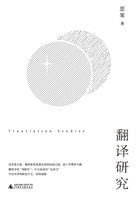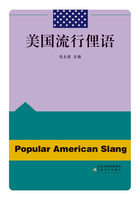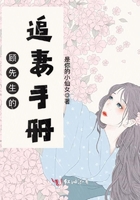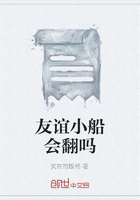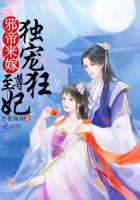"Last time we were talking about the flowers, Norah, I showed you the ovules in the little seed- pod of the wallflower," said Fred. "I have here one of the same seed-pods, so ripe that it is splitting open. You can see that the ovules have become actual seeds.
"We had a lesson about seeds yesterday, and I"ll try now and tell you what teacher said about them. He had some scarlet beans and broad beans for us to examine in class, so I"ve got a few now to show you. I have been soaking some of them in water, just as teacher did. Let us begin with them. The first thing to notice is the loose wrinkled skin that covers the seed. If we peel it off we see that it is thick and tough. The skin of thesedry seeds is smooth and shiny. It is wrinkled because it has been soaked. We call this tough outer skin thetesta. Of course you can see that it is meant to protect the inner kernel. I want you next to notice this long black scar along theedge of the seed. It marks the spot where the seed was attached to the ovary or seed-vessel. It is called the hilum.
"Now please watch me. I don"t think I can do this as well as teacher did it, but I"ll try."Fred then slit the testa of one of the soaked seeds very carefully with a knife, and peeled it off, so as to show the inner parts.
"Now look, Norah," he said. "The seed really consists of two pieces placed side by side. Both pieces are thick and solid. They are called the seed-leaves.
"See, they are not separate,"
he went on, "They are joined together in one spot, the hilum, as by a sort of hinge. Iwonder whether I can spread the two seed-leaves open without breaking the hinge. That"s good. Now have a look at this little hinge. It is the most important part of the seed, for it is the germ of the new plant.
"Look at this part of it which points upwards. It is called the plumule. It is really a tiny bud,which will make its way up through the soil, and form the stem and leaves. The other part pointing downwards makes its way into the soil and becomes the root. It is called the radicle. Radicle means a little root."SUMMARY
The seed of a bean consists of two parts, or seed-leaves, joined together at the hilum by a little hinge. This hinge is the germ of the new plant. Part of it, the plumule, will grow upwards through the soil; the other part, the radicle, will make its way downwards, and form the root.
Lesson 54



